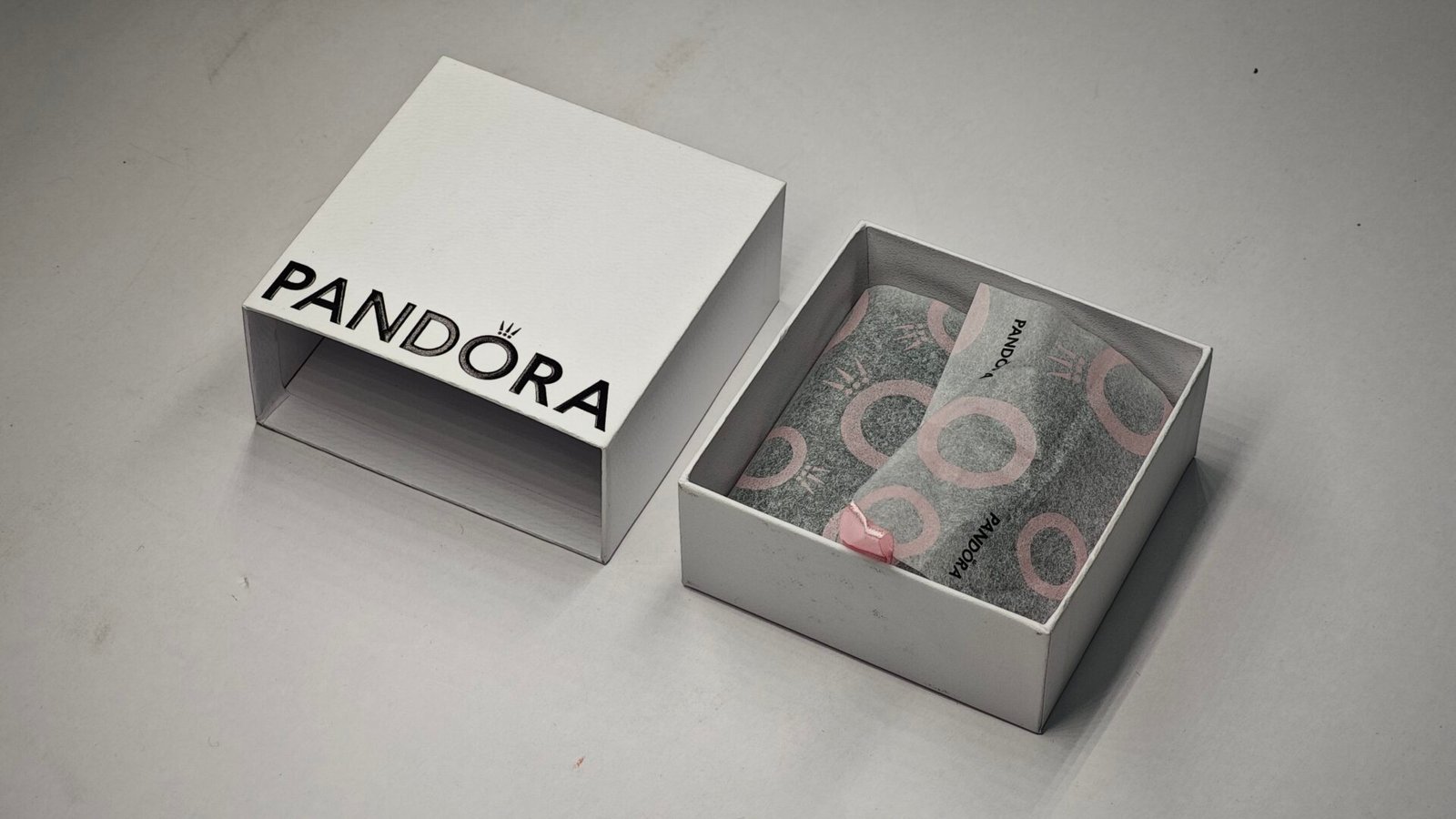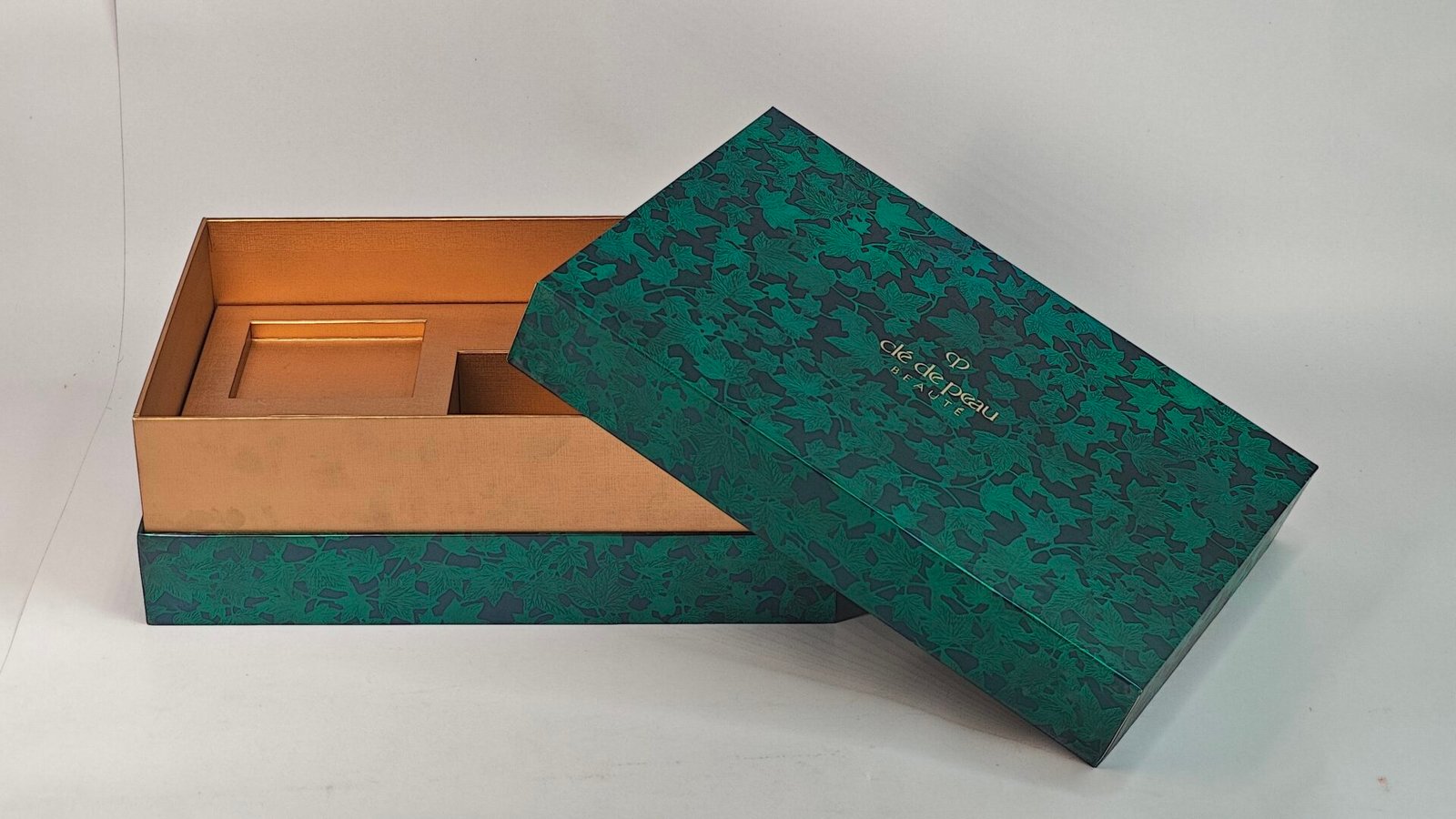As consumers become increasingly conscious of their environmental impact, the demand for environmentally friendly boxes is rising. Sustainable packaging not only helps protect the planet but also enhances your brand’s image, appealing to eco-conscious customers. In this blog, we’ll explore the significance of environmentally friendly boxes, the materials you can use, and practical tips for implementing sustainable packaging solutions. Are you ready to make a positive impact?
Why Choose Environmentally Friendly Boxes?
Consumer Demand: More customers are prioritizing sustainability in their purchasing decisions. Offering eco-friendly packaging can attract these consumers and foster brand loyalty.
Reduced Environmental Impact: Environmentally friendly boxes help minimize waste and reduce the carbon footprint associated with packaging. This contributes to a healthier planet for future generations.
Brand Differentiation: In a crowded market, sustainable packaging can set your brand apart. It signals to consumers that you care about social responsibility and environmental stewardship.

Top Materials for Environmentally Friendly Boxes
Recycled Paperboard: Made from post-consumer waste, recycled paperboard is a great option for creating sturdy and eco-friendly boxes. It reduces the need for virgin materials and minimizes landfill waste.
Biodegradable Plastics: These materials break down naturally over time, making them a sustainable alternative to traditional plastics. They can be used for various packaging needs while helping to reduce plastic pollution.
Plant-Based Materials: Innovations in packaging have led to the development of plant-based materials, such as cornstarch or sugarcane. These materials are renewable and can often be composted after use.
Design Tips for Environmentally Friendly Boxeshttps:
Minimalist Design: Adopt a minimalist approach to packaging design that reduces material usage while still being visually appealing. This not only saves resources but also communicates your commitment to sustainability.
Use Water-Based Inks: When printing on your boxes, opt for water-based inks instead of traditional solvent-based inks. They are less harmful to the environment and safer for consumers.
Emphasize Reusability: Design boxes that can be reused by consumers. This encourages a circular economy and reduces waste by extending the life of the packaging.
Case Study: Sustainable Packaging Success for Our Client
The Challenge: Our Client faced pressure to improve their sustainability practices, as customers increasingly sought eco-friendly options.
The Solution: By transitioning to environmentally friendly boxes made from recycled materials, they were able to revamp their packaging strategy.
The Results: The new sustainable packaging led to a 40% increase in customer satisfaction and positive brand perception, showcasing the impact of eco-friendly initiatives.
FAQ – Common Questions About Environmentally Friendly Boxes
What materials are considered environmentally friendly for packaging?
Recycled paperboard, biodegradable plastics, and plant-based materials are excellent choices for sustainable packaging.

How can I ensure my packaging is genuinely eco-friendly?
Choose suppliers that prioritize sustainable practices, use certified materials, and conduct lifecycle assessments to understand the environmental impact of your packaging.
Conclusion
Environmentally friendly boxes are essential for brands looking to make a positive impact on the planet while appealing to eco-conscious consumers. By investing in sustainable materials and thoughtful designs, you can create packaging that not only protects your products but also reinforces your commitment to a greener future. Ready to transform your packaging approach? Contact EFS Packaging for eco-friendly solutions that resonate with today’s consumers.
